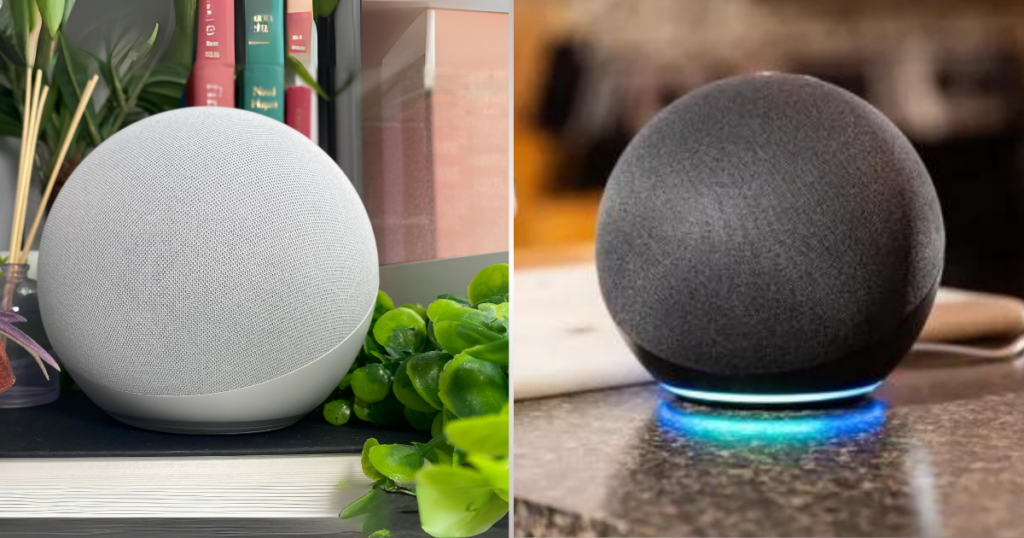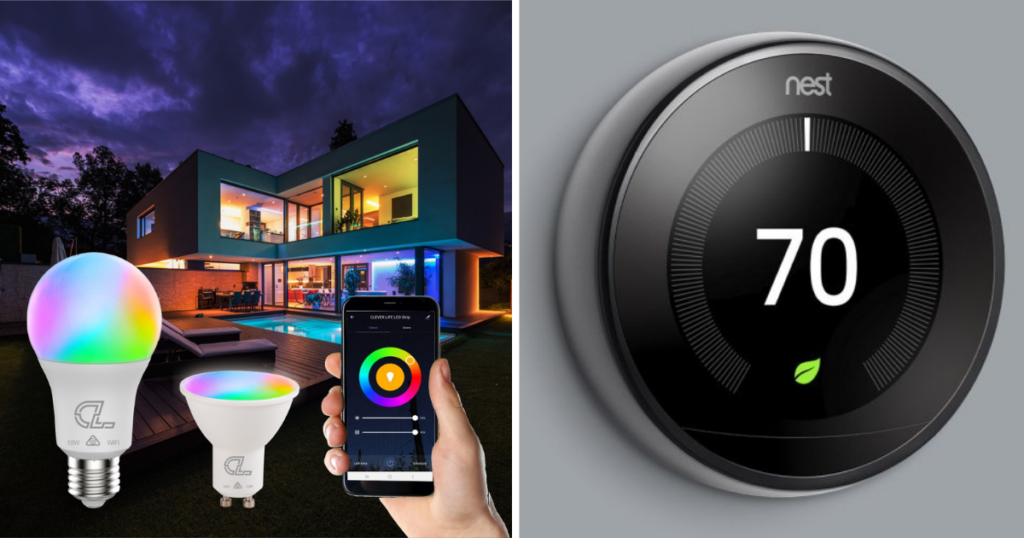Dive into the intelligent world of smart home ecosystems, where each system offers a unique blend of technology designed to simplify your life. Whether you’re automating your morning routine or securing your home from afar, smart home ecosystems stand at the forefront of residential technology innovation. This guide will help you navigate the top platforms—Google Home, Amazon Alexa, Apple HomeKit, and SmartThings—highlighting their distinctive features and how they can transform your home into a smarter, more efficient space.
Overview of Major Smart Home Ecosystems
Google Home Ecosystem
Google Home connects seamlessly with numerous devices, offering a robust platform powered by Google Assistant. Users appreciate its integration with Google services and the ability to manage tasks and get information quickly.
Amazon Alexa Ecosystem
Amazon’s Alexa is renowned for its vast range of compatible devices and skills. It provides users with extensive flexibility in smart home customization, supported by Alexa’s powerful voice recognition technology.
Apple HomeKit Ecosystem
Apple HomeKit prioritizes privacy and security, offering a streamlined interface that works impeccably with iOS devices. HomeKit’s strength lies in its deep integration with Apple products, making it a favorite among iPhone users.
SmartThings Ecosystem
Samsung’s SmartThings is a versatile platform that supports a wide array of devices. It excels in automation capabilities, allowing users to create detailed routines that enhance everyday living.
Comparing Smart Home Ecosystems
Google Home vs. Alexa
When comparing Google Home and Alexa, it’s evident that while Google Assistant excels in managing information-driven tasks, Alexa leads with its vast range of skills and third-party app integrations.
SmartThings vs. HomeKit
Choosing between SmartThings and HomeKit often comes down to user preference for Android versus iOS, as SmartThings offers more versatility and HomeKit provides enhanced security.
Key Features of Smart Home Ecosystems
Smart Home Hubs and Speakers
Most ecosystems offer a central hub that connects various devices. Smart speakers like Google Home, Amazon Echo, and Apple HomePod are pivotal in managing these connections through voice commands.

Compatibility with Smart Lights and Thermostats
Smart lights and thermostats compatible with each ecosystem allow for energy-efficient home management. For instance, Philips Hue lights and Nest thermostats can integrate smoothly across these platforms, providing user-friendly and adaptive home environments.

Setting Up Your Smart Home Ecosystem
Setting up a smart home ecosystem involves choosing the right hub, connecting compatible devices, and configuring settings to suit your lifestyle. It’s crucial to follow step-by-step guides specific to the ecosystem you choose to ensure a smooth setup process.
Choosing the Right Ecosystem for Specific Needs
For Renters and Budget-Conscious Users
Renters might prefer Google Home or Alexa due to their portability and low initial cost. Budget-conscious users can find value in ecosystems that offer basic setups without requiring extensive initial investments.
For Extensive Home Automation
Those looking to extensively automate their home might lean towards SmartThings due to its flexibility and broad device compatibility.
Troubleshooting Common Issues
Common issues across smart home ecosystems often include connectivity problems, compatibility issues, and troubleshooting errors. Each ecosystem provides support channels, from online forums to customer service, aiding in quick resolutions.
Choosing the right smart home ecosystem depends on your specific needs, preferred devices, and lifestyle. Whether you prioritize ease of use, comprehensive device compatibility, or robust security features, there’s an ecosystem designed to meet your expectations. As smart home technology evolves, staying informed and adaptable will help you make the most of what these innovative platforms have to offer.
